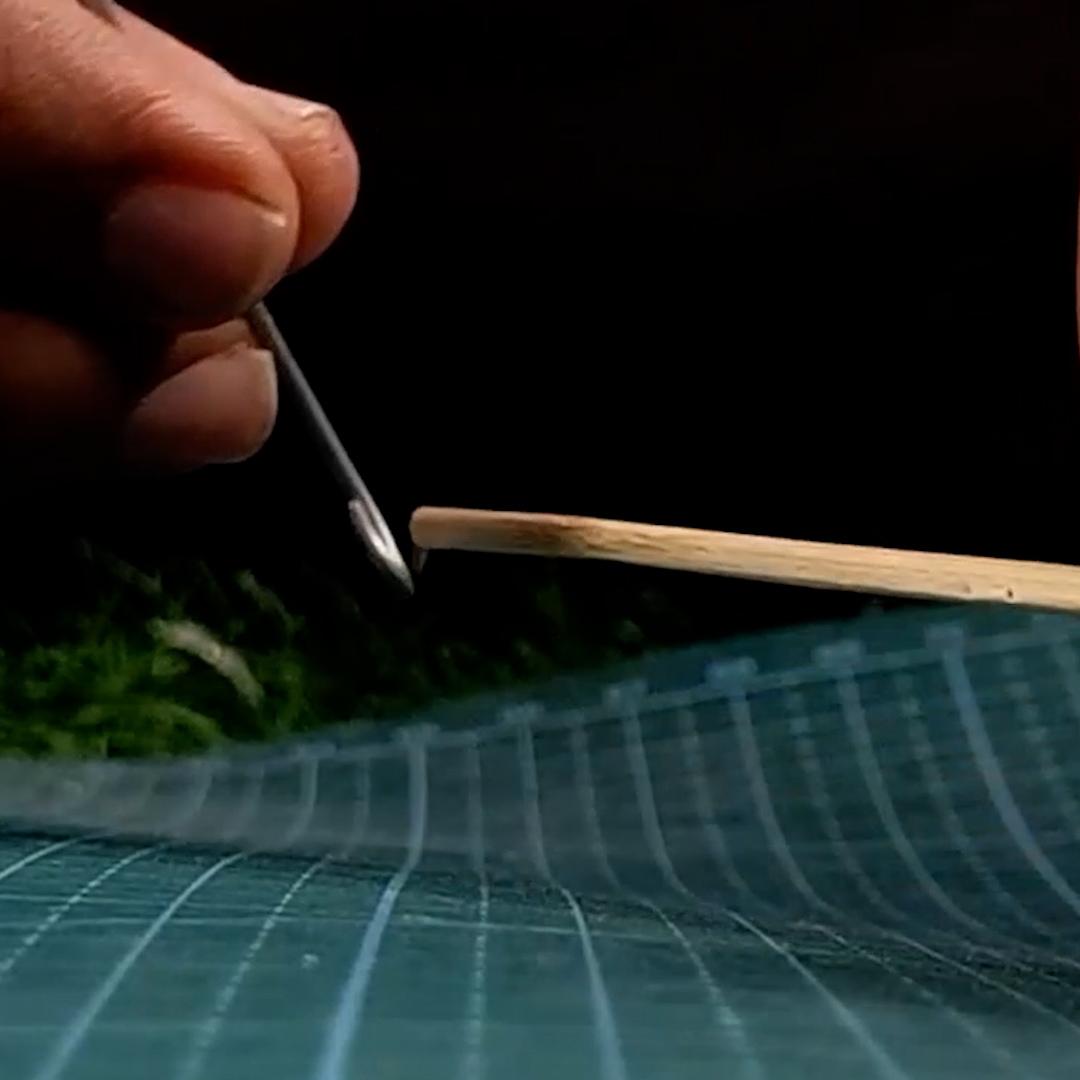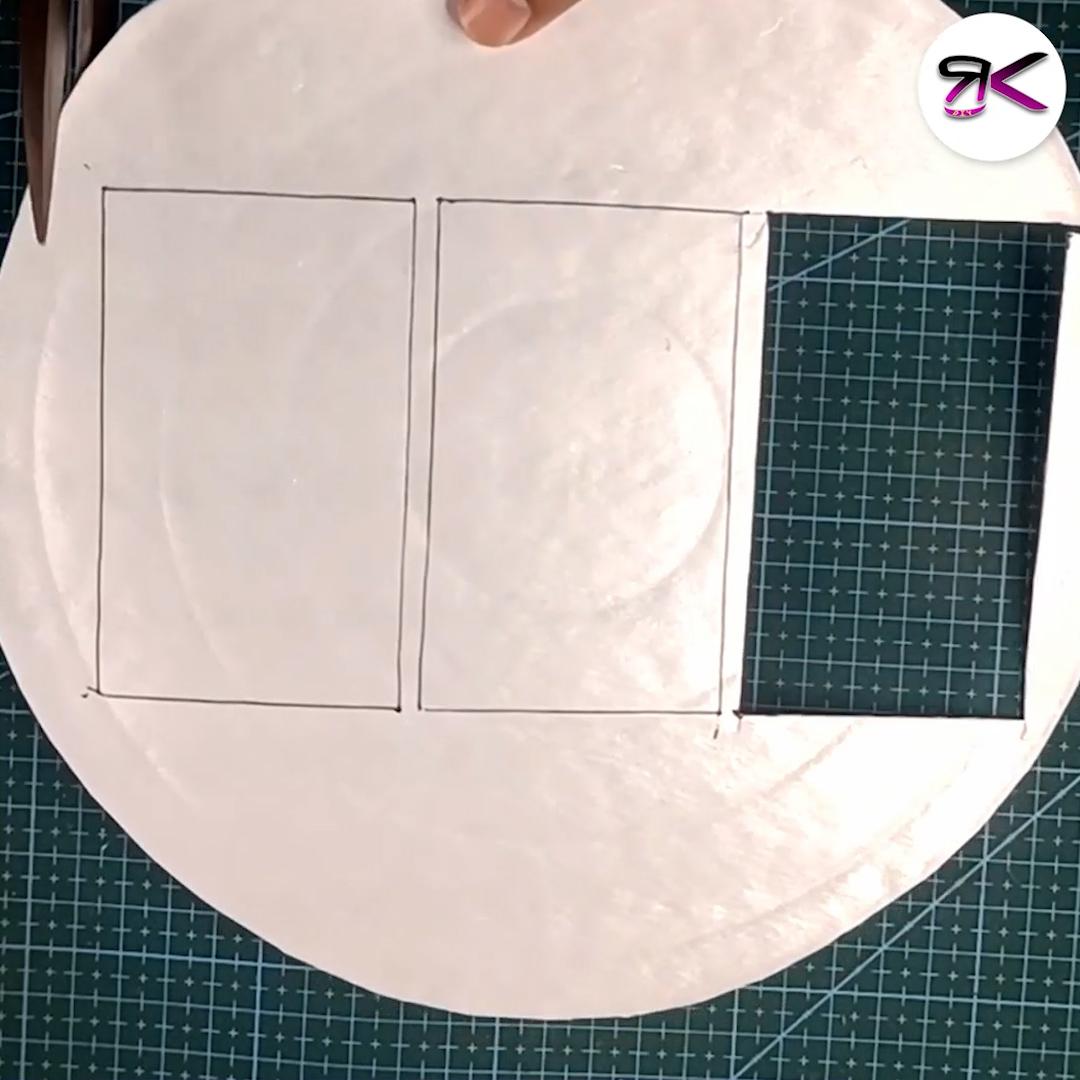Building and Flying a Rubber Band Powered Plane
by Rustickraft in Craft > Reuse
218 Views, 1 Favorites, 0 Comments
Building and Flying a Rubber Band Powered Plane
.jpg)
Experience the thrill of flight with a simple yet fascinating DIY project: a rubber band powered plane! These lightweight gliders offer hours of fun and are perfect for beginners and seasoned hobbyists alike. Not only are they affordable, but they also combine the joy of assembly with the excitement of seeing your creation take to the skies. In this guide, we’ll cover essential tips and tricks for assembling, evaluating, and flying your rubber band plane. Get ready to explore the principles of aerodynamics and unleash your inner pilot!
Supplies
- Balsa and Foam
- Good quality rubberband
- Skewers
- Super glue
- Thin GI
Base Structure






- Cut a bamboo skewer to the desired length for the plane’s fuselage.
- Smooth the edges with sandpaper to prevent splinters.
- Mark positions for the wings, tail, and rubber band anchors along the skewer.
Rubberband Anchor - Back









- Use a small piece of galvanized iron (GI) wire to form a hook.
- Attach the hook securely to the back end of the skewer using glue or tape.
- Ensure the hook is firmly fixed and can hold the tension of the rubber band.
Rubberband Anchor - Front















- Form another hook using GI wire for the front anchor.
- Attach this hook to the skewer’s front end, ensuring it aligns with the back anchor.
- Double-check the attachment for stability under tension.
Wings Making





































- Cut 3 rectangular piece of 2mm foam sheet for the wings.
- Shape the edges into an aerodynamic curve for better lift.
- Attach the wings to the marked position on the skewer using adhesive or tape.
- Ensure the wings are level and symmetrical.
Tail Making







- Cut two smaller pieces of 2mm foam sheet for the horizontal and vertical stabilizers.
- Shape and attach them to the tail section of the skewer.
- Align the stabilizers carefully to maintain balance during flight.
Propeller Making














- Cut 2 propeller shape from the foam sheet, ensuring it is lightweight and symmetrical.
- Drill a small hole in the center to attach it to the front hook.
- Secure the propeller using a small bead or washer to allow smooth rotation.
Connecting Rubberband




- Loop the rubber band through the back hook and stretch it to the front anchor.
- Test the tension by turning the propeller to ensure it winds smoothly.
- Adjust the length or position of the rubber band if necessary.
Conclusion

Building and flying a rubber band powered plane is a rewarding activity that combines creativity, craftsmanship, and fun. With a little patience and practice, you can master the art of assembling and piloting these miniature marvels. Lightweight, portable, and easy to use, these planes are a fantastic way to explore basic aerodynamics and enjoy the outdoors. Gather your kit, follow our tips, and get ready for endless soaring adventures!